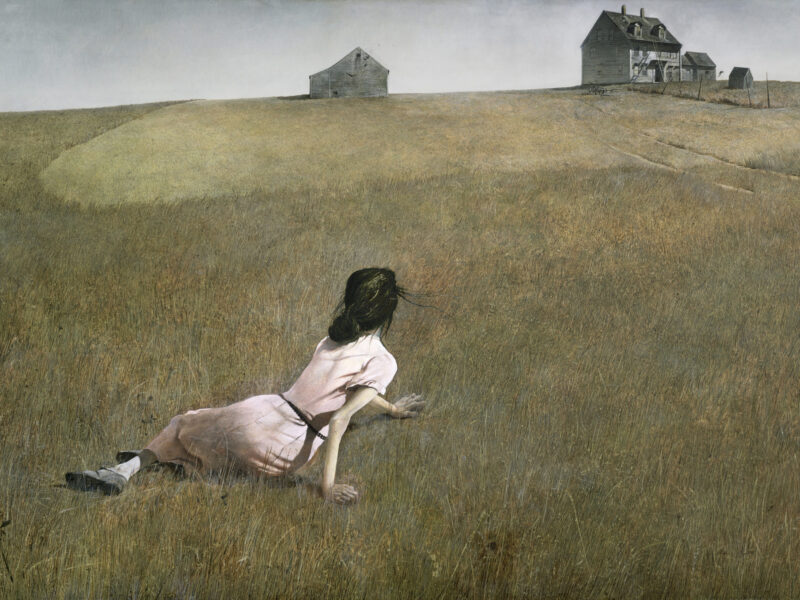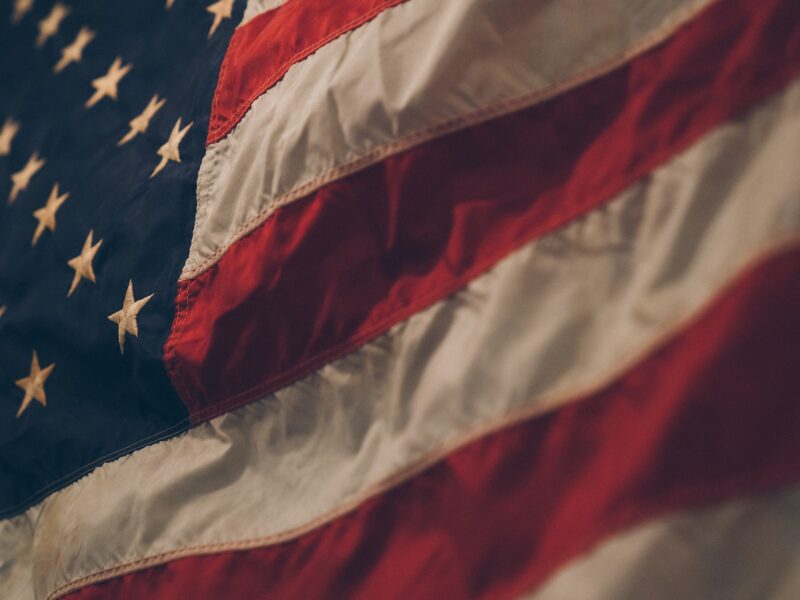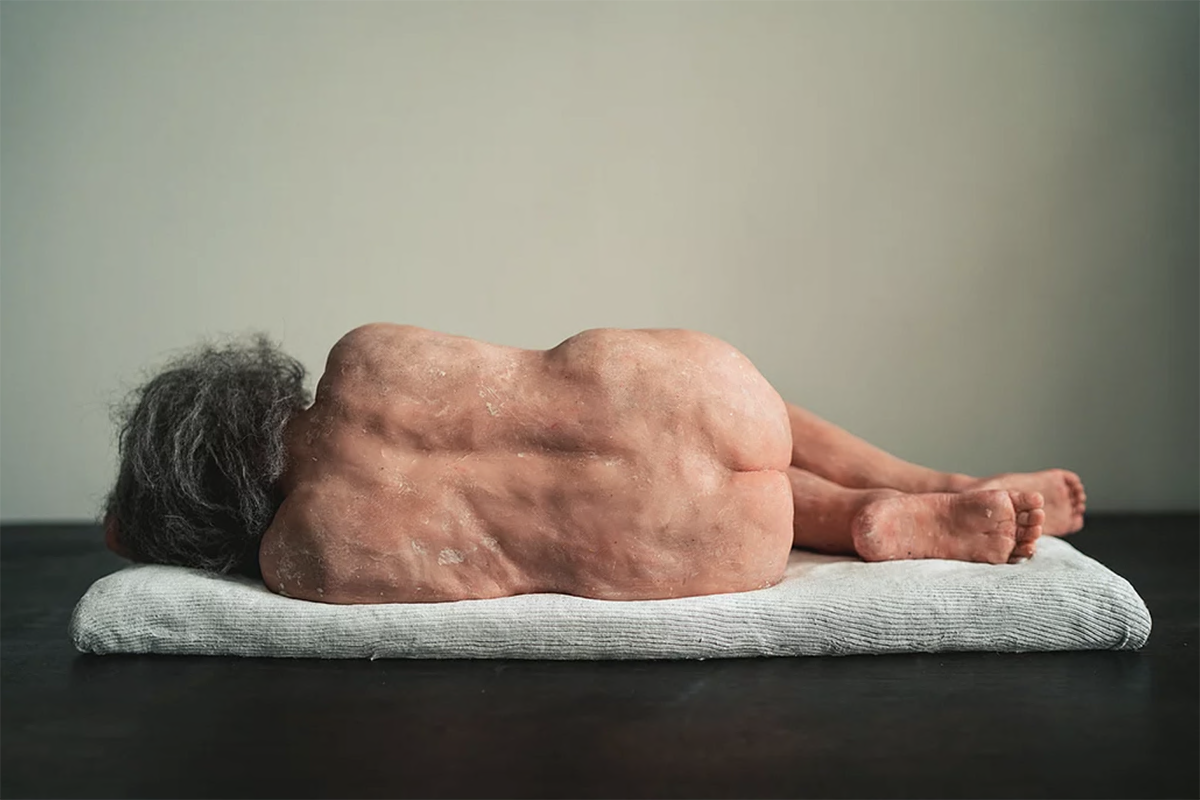
Goetz | Julia Agnes
The wrinkled face of a woman who hides her knowledge, the faith hidden by closed eyes, the truth of the body without veils. Julia Agnes’s women find their existence in the acceptance of research, in the void that surrounds them, which sometimes supports them. They are ancient faces, they are abandoned bodies, they are life that has passed, they are changes that have left a trace. It’s silence, it’s a flat surface, you can rest on it but don’t expect anything in return. Julia tells the time we couldn’t stop, the energy we spent without moving an inch, our perennial attempt to keep everything together, vainly convinced that without us everything would dissolve in an instant.
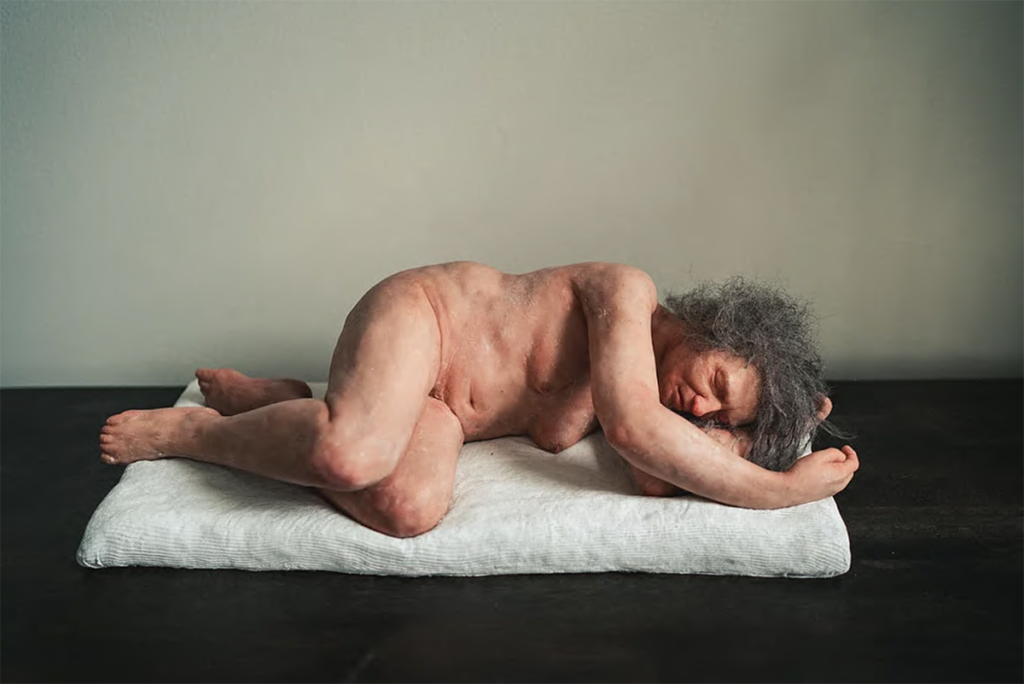
Julia Agnes is a sculptor and photographer, based out of Montreal, Canada.
‘As a first generation Canadian of Polish descent, I have often found myself at the intersection of two cultures, not fully belonging to either and yet a product of both. The push and pull within my two worlds can create either conflict or harmony, and as such I seek to intuitively express emotional states of being, showcasing the subtle effects of otherness within familial and societal domains. As someone who has had to tread lightly in multiple languages and often change cultural environments from one moment to the next, I am fascinated by the breadth of human communication, as well as the (mis) interpretation of the human experience. As such, my work is semi-autobiographical. I draw on influences of my surroundings, social observations, as well as memories of family moments in a matriarchal family.
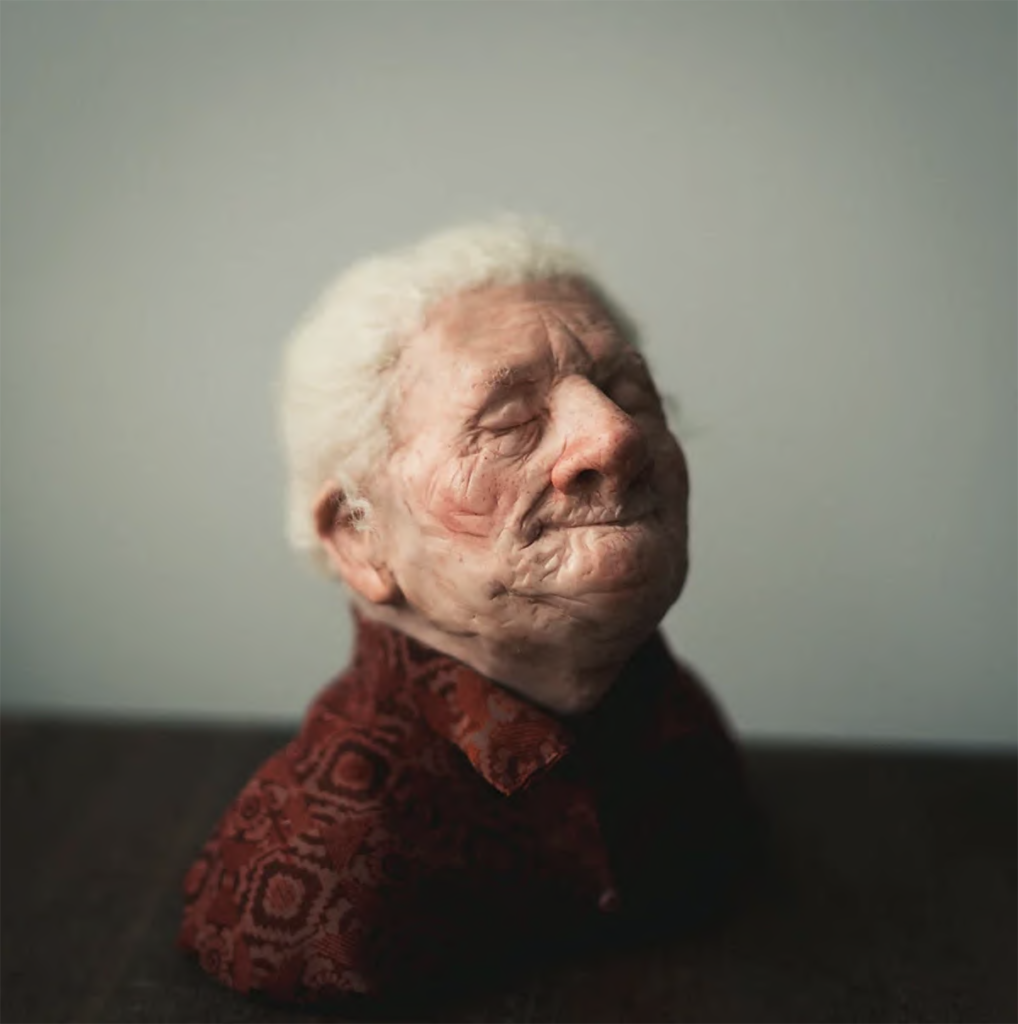
“My near realistic figures are insinuations of the language within physicality, such as the tilt of one’s head or the exposure of a body posture. My work can be considered un-beautiful, vulnerable, and its vulnerability, unapologetically confrontational. I’m magnetically drawn to create aging bodies because they have a visible history; lines and imperfections drawing a three-dimensional map of a person’s existence. I often find myself gravitating to create imperfect people, veering away from the idea of physical flawlessness in favour of persona and mien, perhaps antagonistically to commonly held near universal expectations of physical appearance and youth, especially when it comes to the representation of women.”
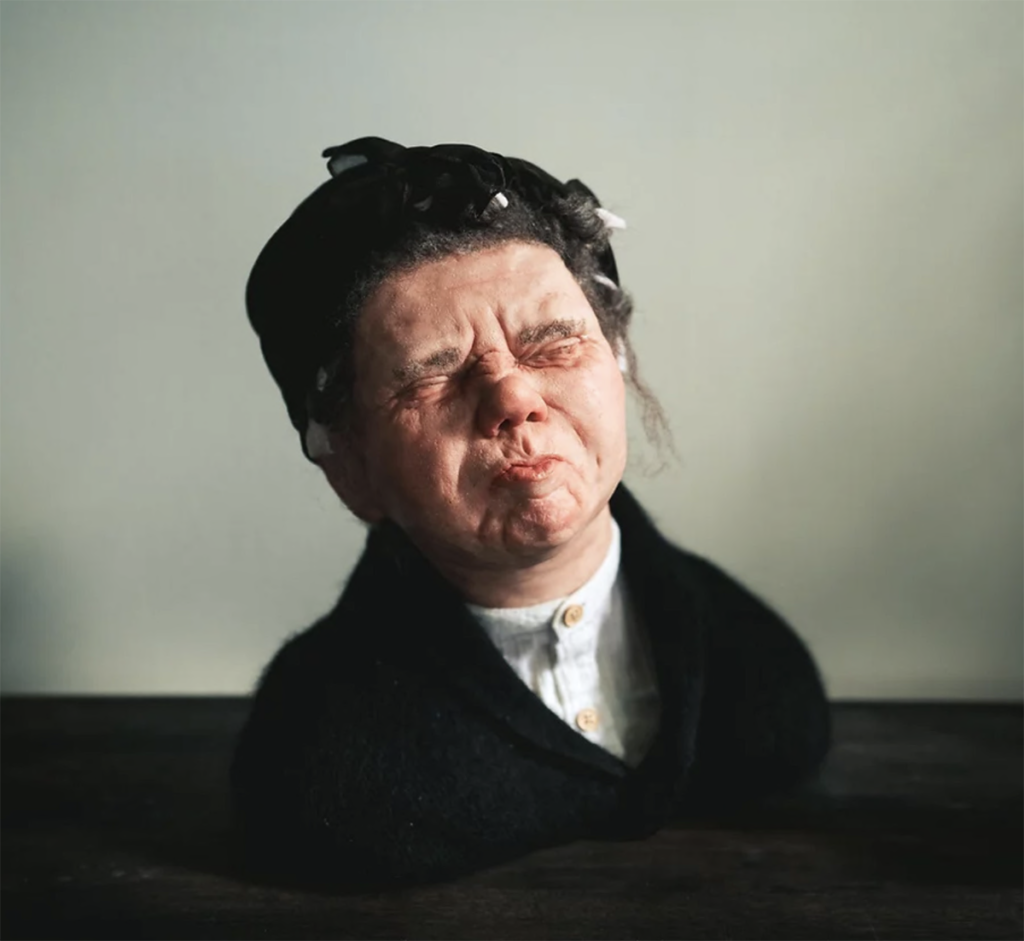
“My process is intuitive, and the outcome is often unexpected, or at times even contrary to what I had initially anticipated. By simply focusing on the female body, celebrating quotidian moments and gestures, memories, the visibility of those private moments and bodies by their very existence become unintentionally political, yet they are but manifestations of very real unspoken truths. In this antagonistic and yet very real manifestation, my pieces come from a communion between vulnerability and stark reality, born of two worlds, much like myself.”

